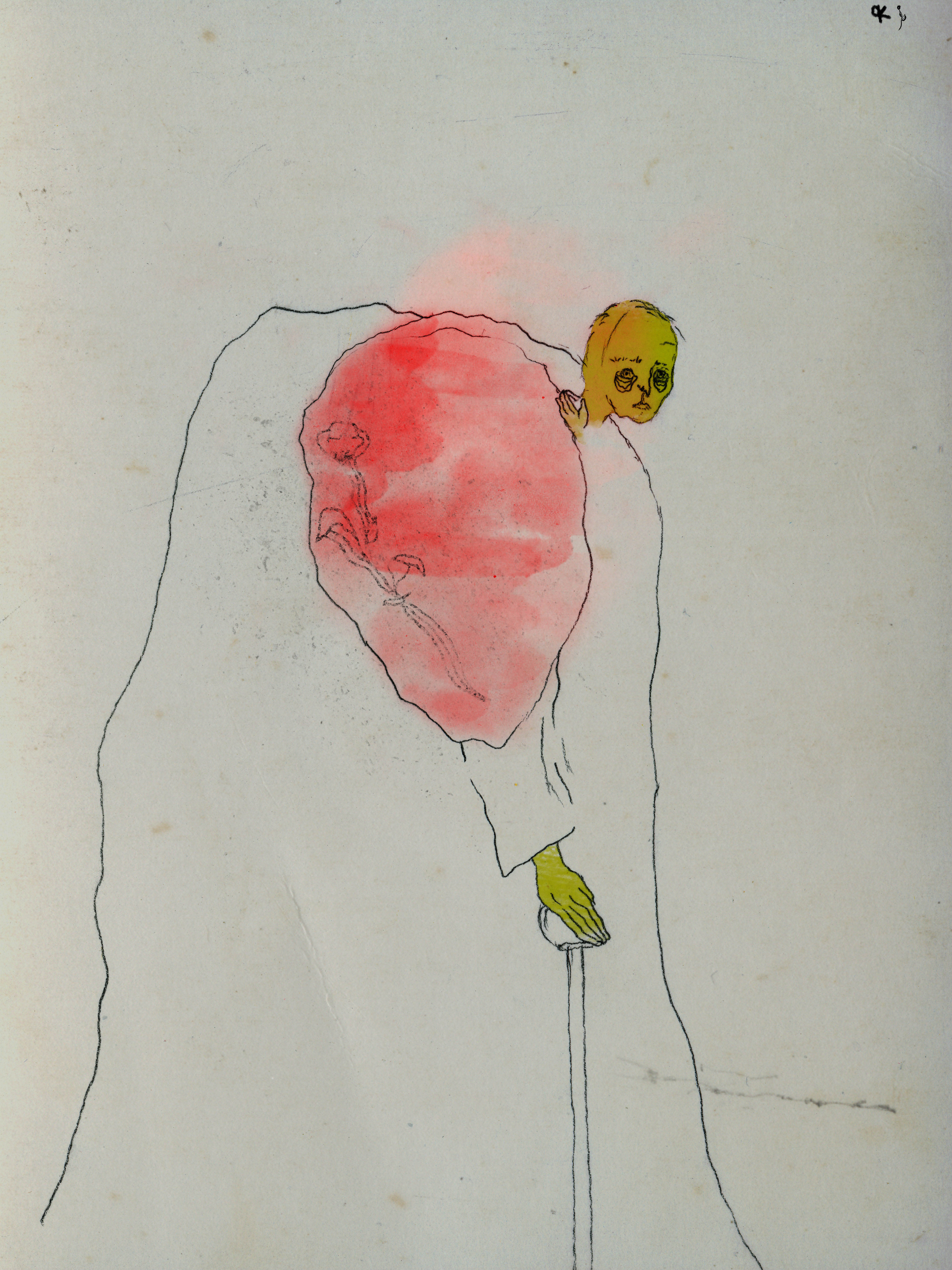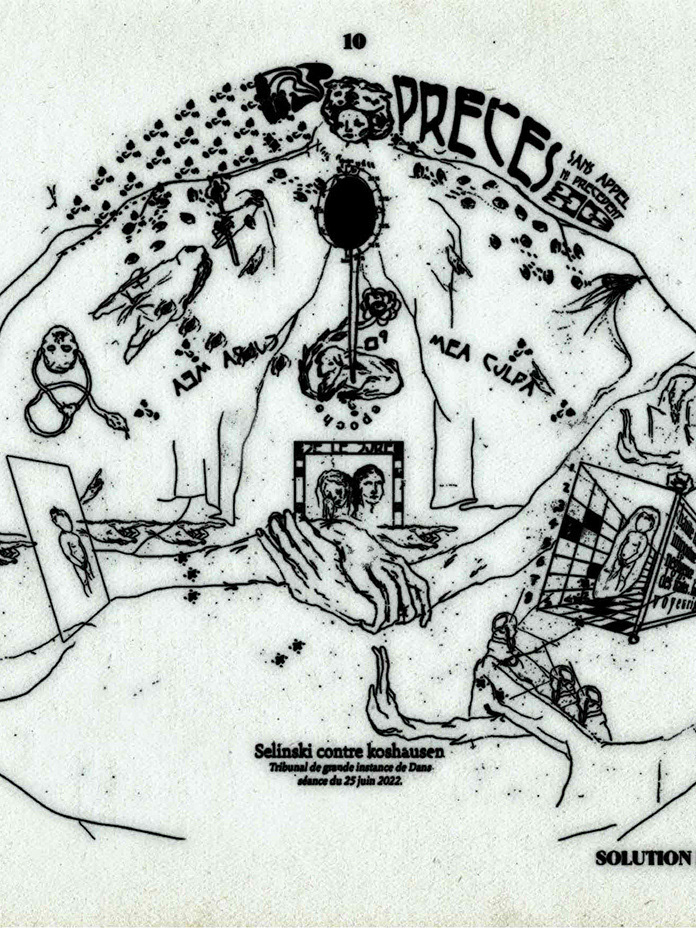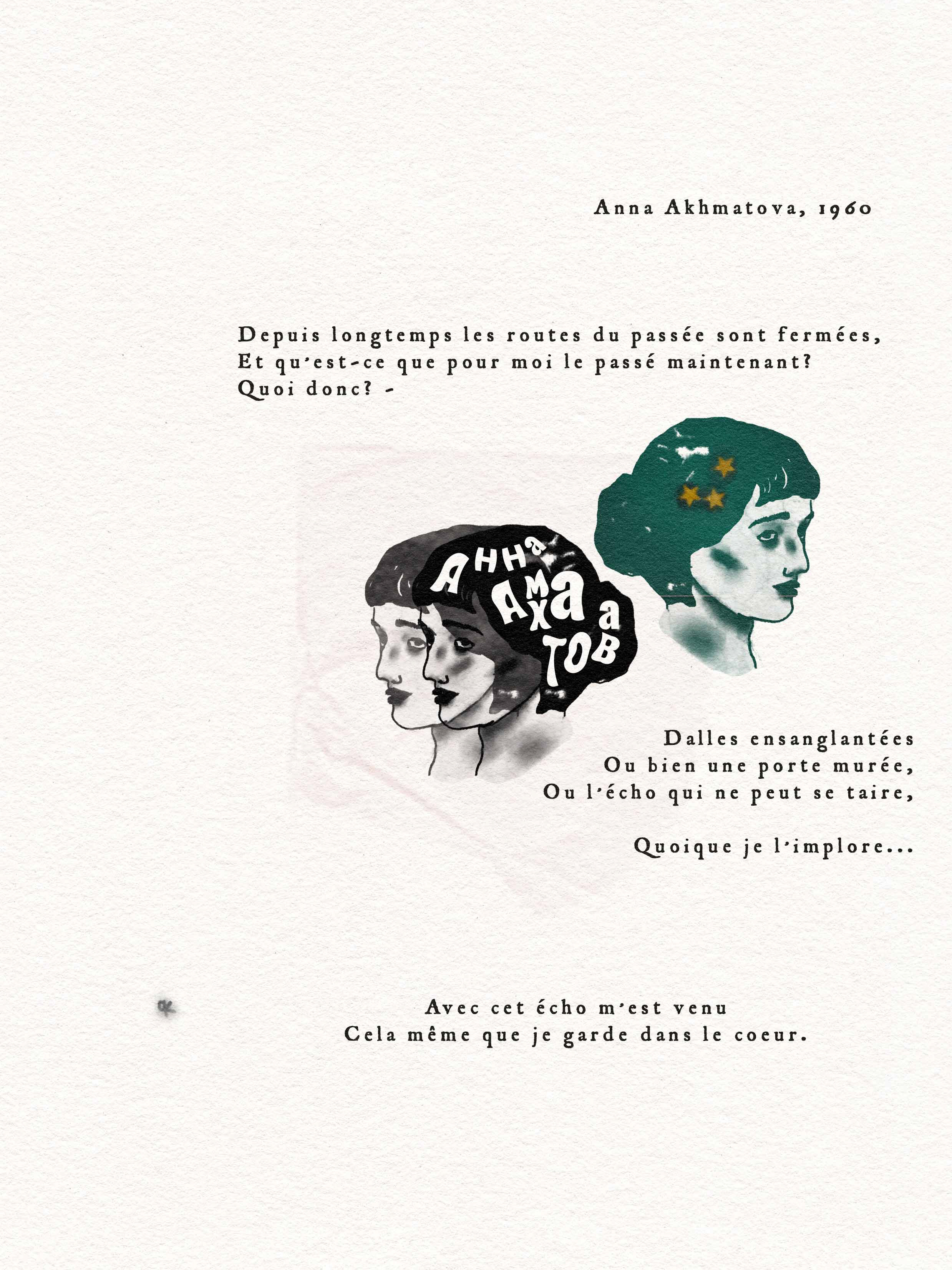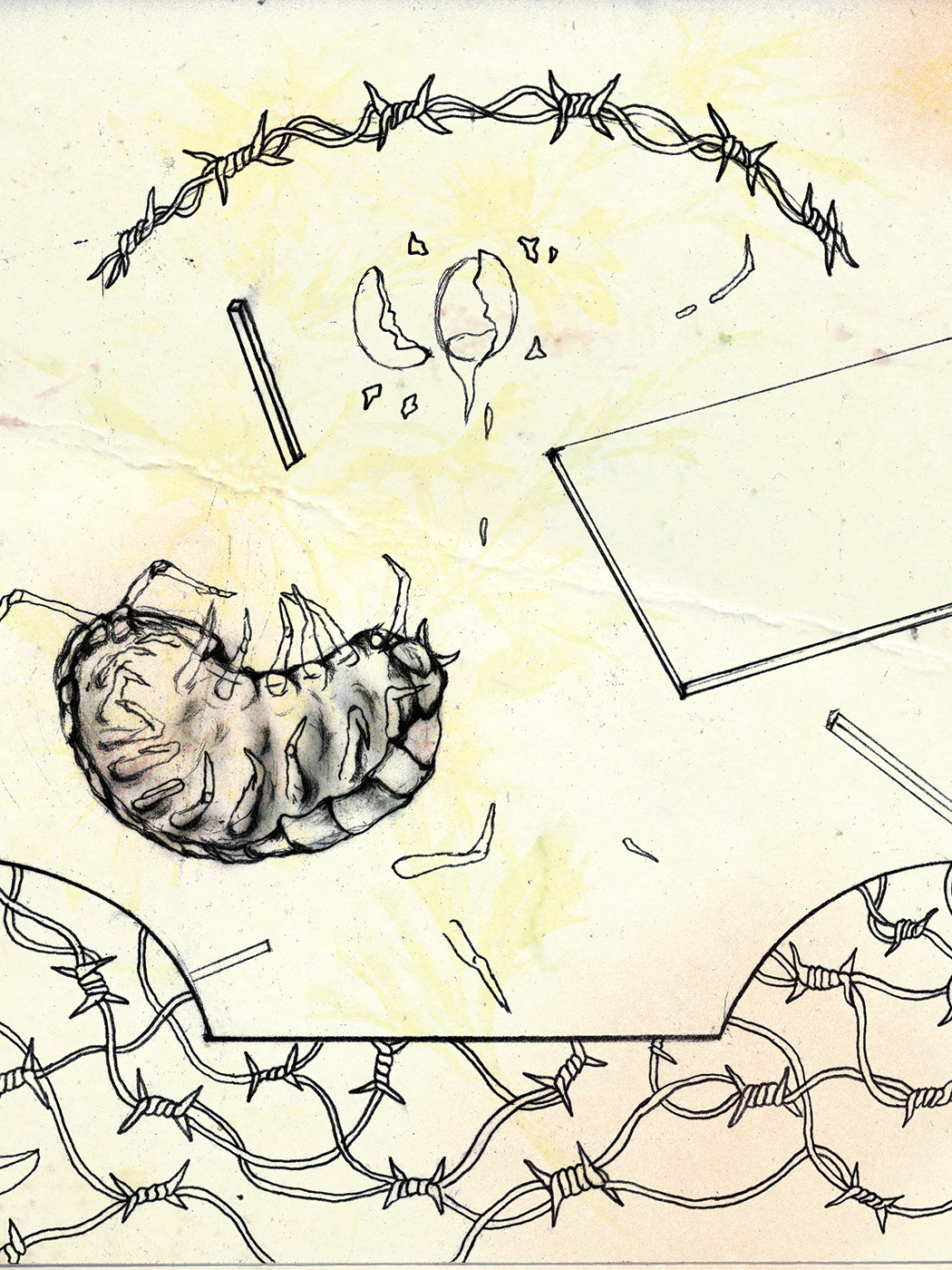personal work - science popularization project
liner on paper + Photoshop edit + AfterEffect motion design
june 2022
"Two particles in quantum mechanics are said to be entangled when one of the particles cannot be perfectly described without including all of the information about the other one: the particles are “connected” in such a way that they are not independent of one another."
Nicholas Bornman (2021) - Quantum entanglement: what it is, and why physicists want to harness it, The Conversation
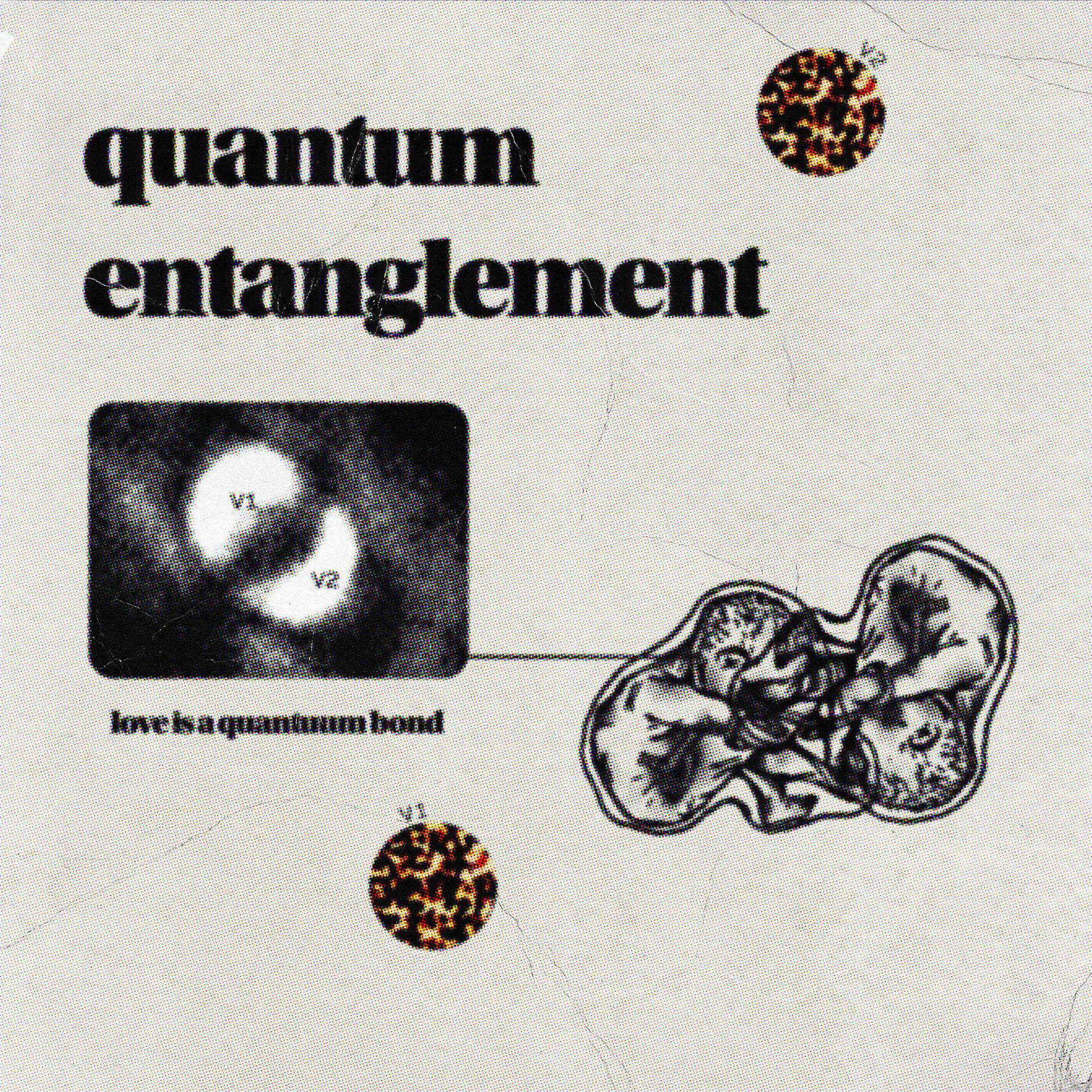
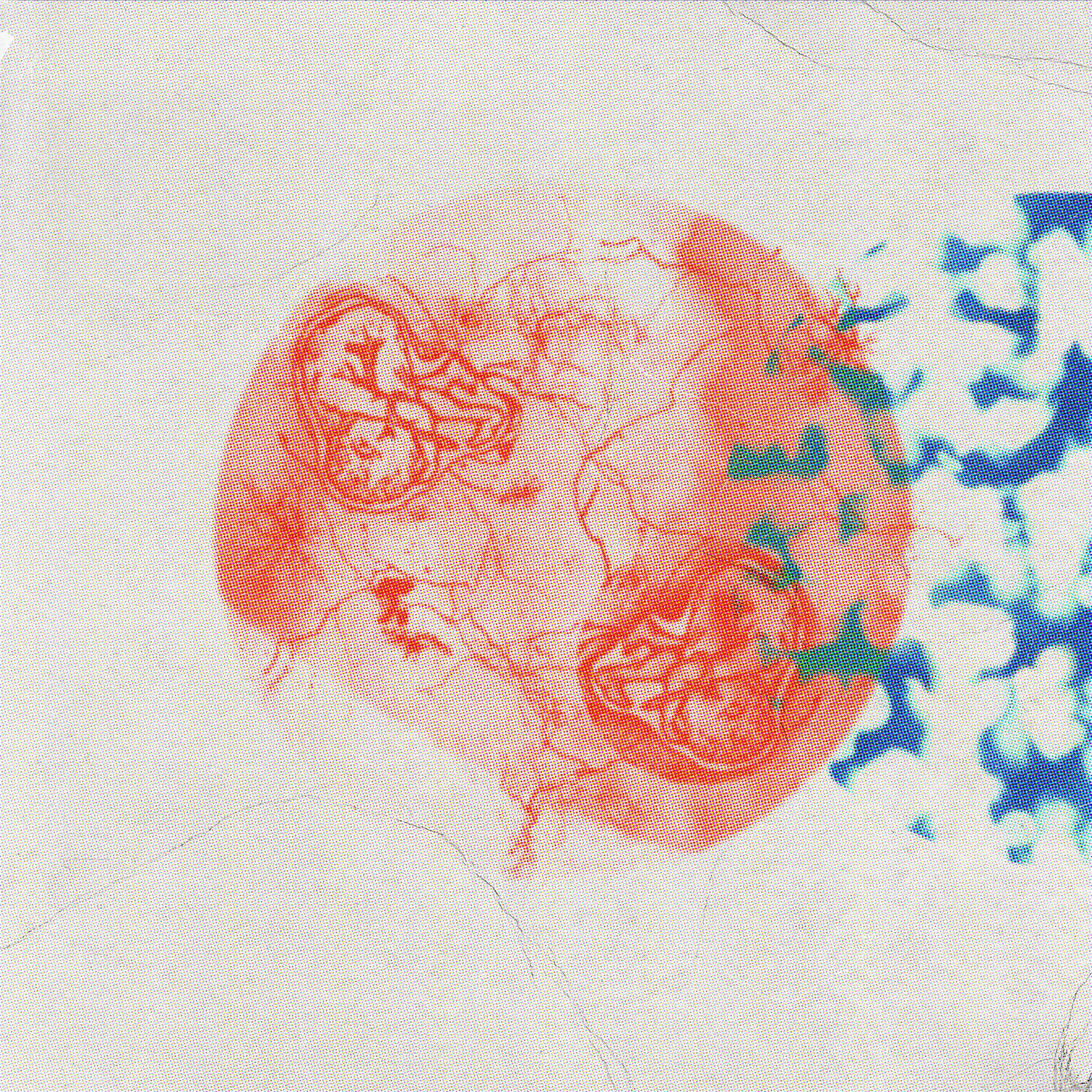
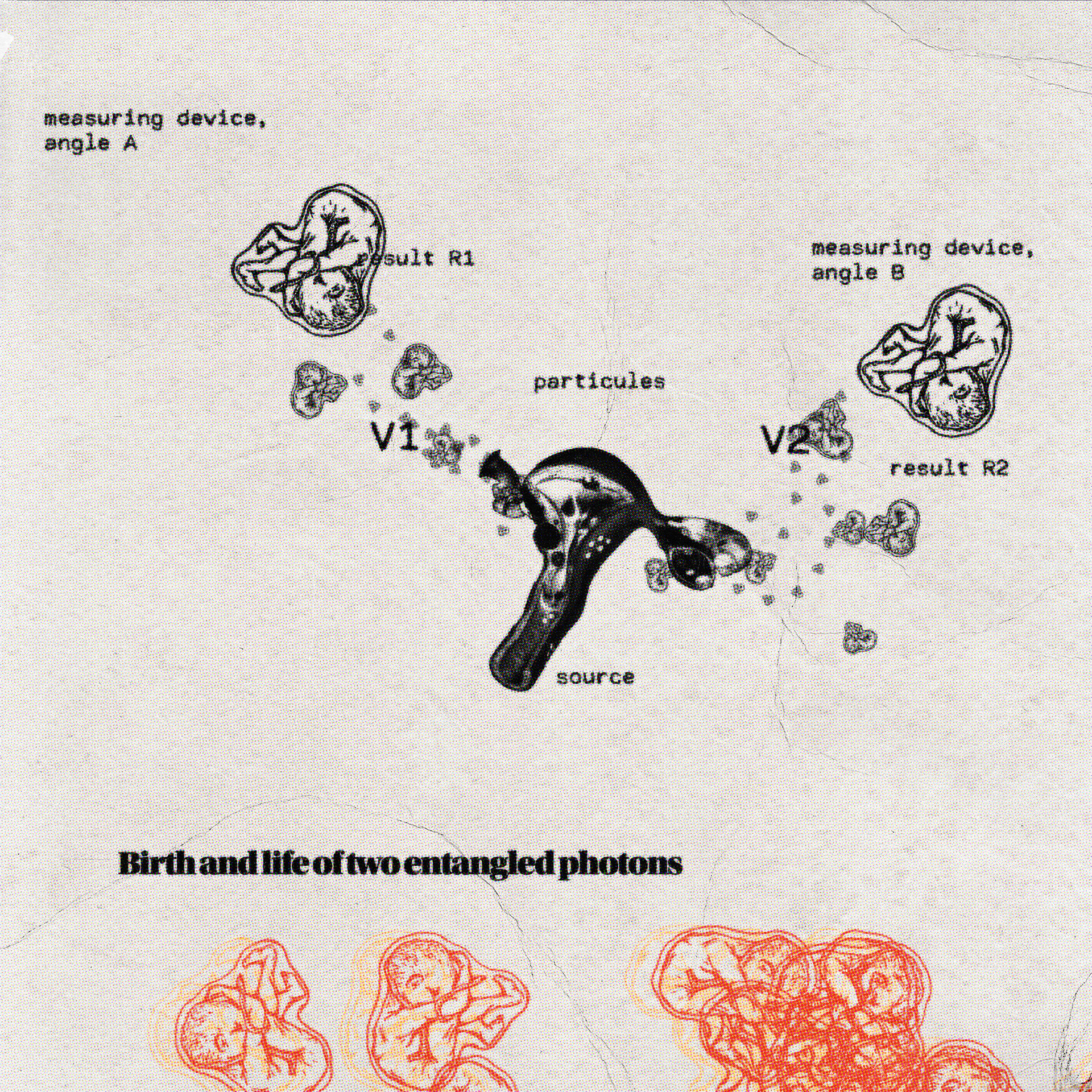
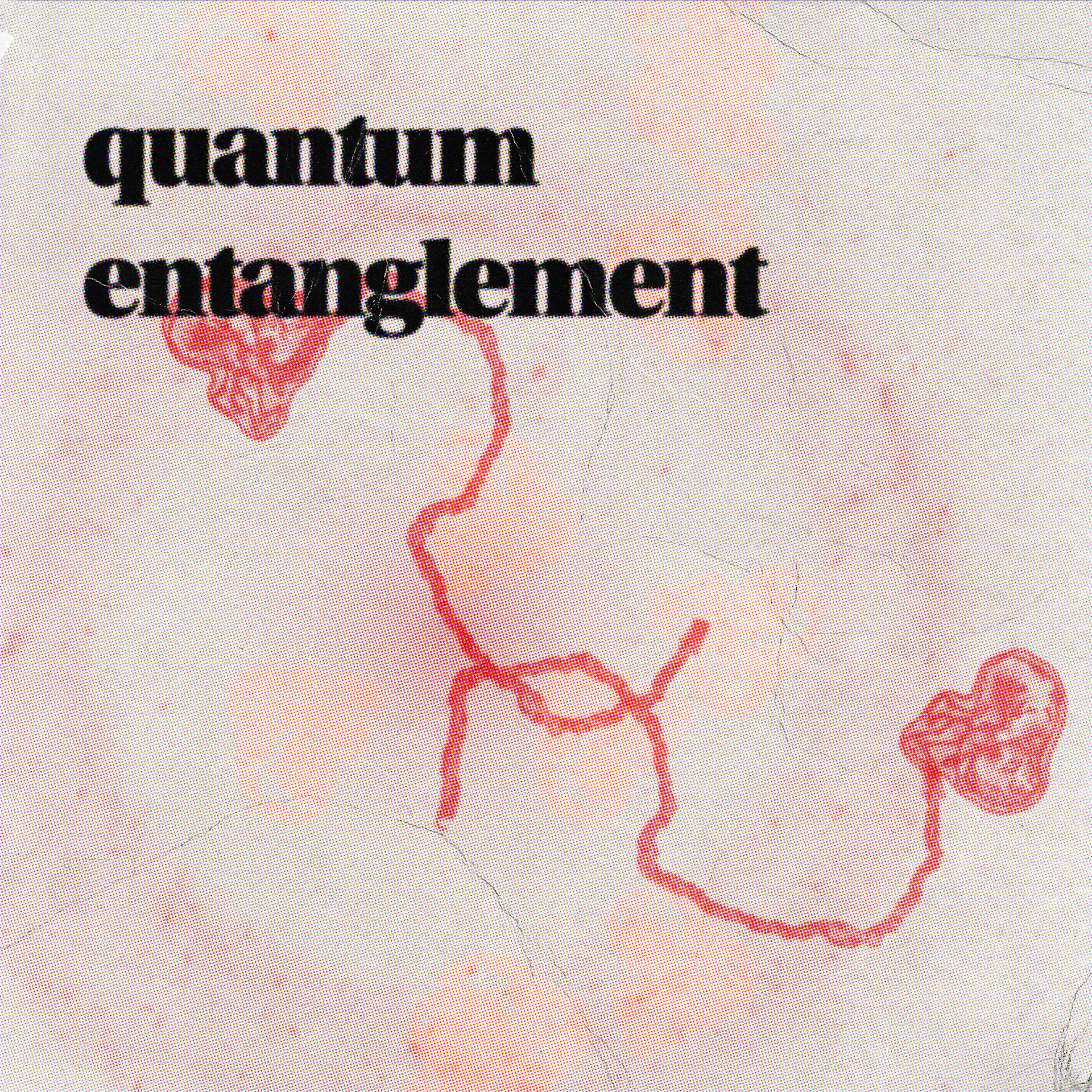
Depicting quantum physics may require a flexible sens of understanding. Its demands people to extract from their common system of perception in which they apprehend their environment, it demands them to forget a little about what they know for sure.
Because quantum physics concerns the immeasurably small, images often hit some limits, appearing deceitful as a mean to experience reality.
But still, analogies can help us transiting from a mental system of usual representations to an exclusive abstract apprehension of the world. Despite their insufficience, they can be thought as a cognitive bridge.
Quantum entanglement is what Einstein once called a spooky action at a distance. This particule scaled phenomenon occurs when two photons, send out from the same source but in different directions, end up intricated when measured at the same time, in different locations. That is to say, they share the same properties though they are not supposed to, because particules are undetermined.
The twins analogy appears mind softening and convenient. Imagine two perfect twins (let’s fantasize a common DNA), born from the same matrix, but separated at birth : they are both send out to live in different families, in different countries. They have been raised in different conditions, they have been following different paths, they have never spoken to each other… If we meet them decades later, we will observe that they still share the same eyes, the same skull shape, maybe even the same moles.
They are entangled, beyond understanding.
The source emits two photons (V1 & V2) according to different trajectories.
Measuring devices A and B testify a perfect identity between result 1 and result 2.

